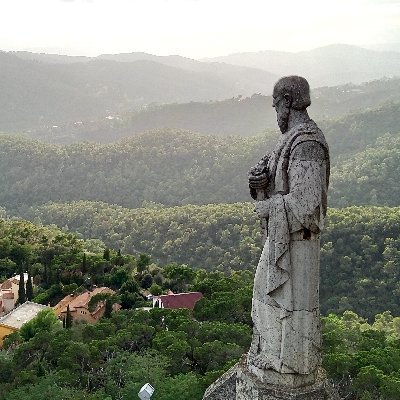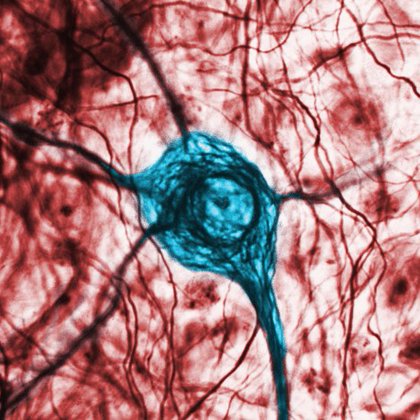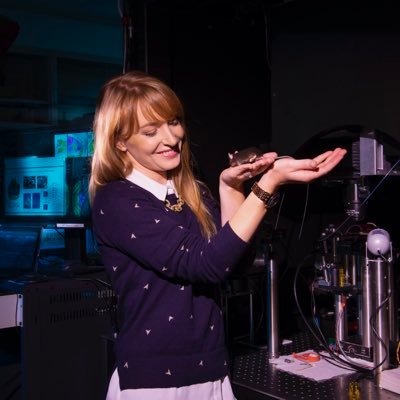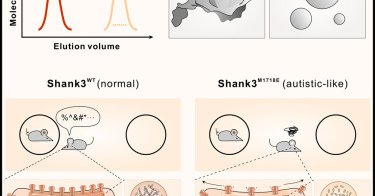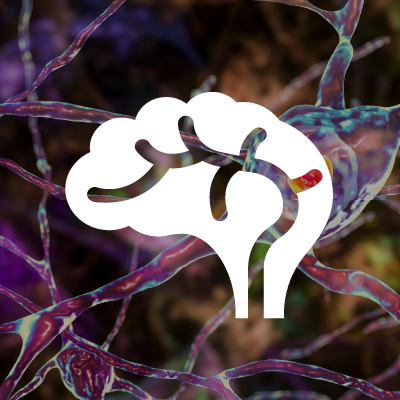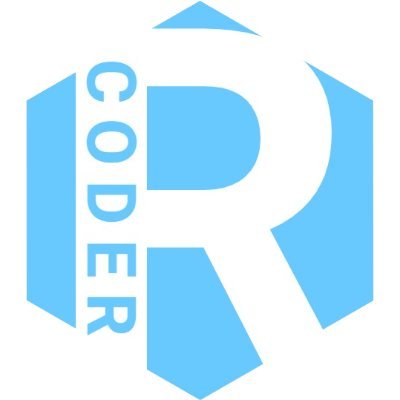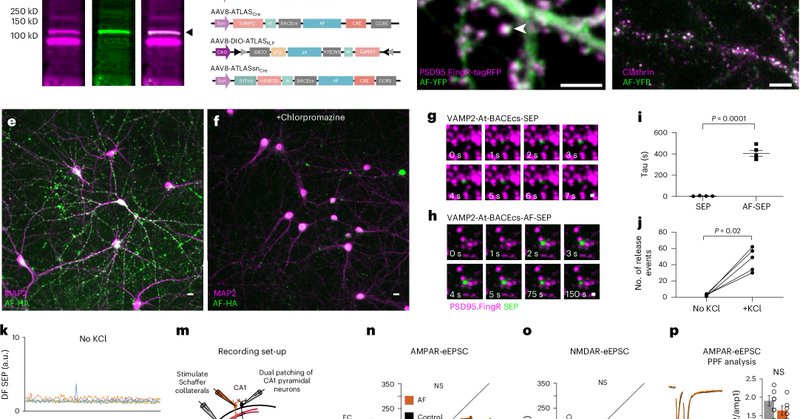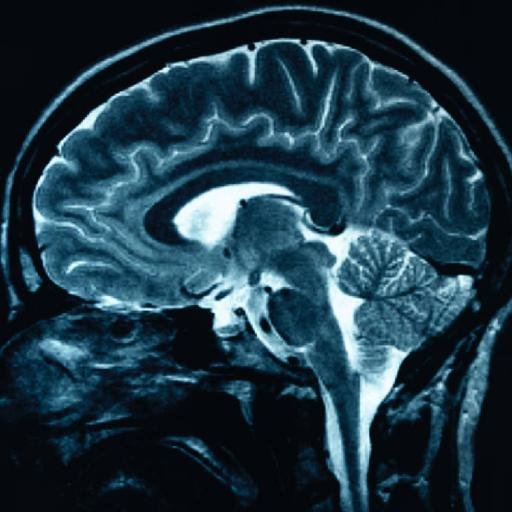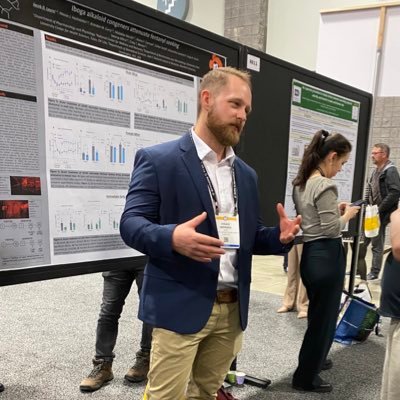
Craig Werner
@craigtwerner
Followers
447
Following
5K
Media
51
Statuses
2K
Re-imagining drug discovery for substance use disorders and pain | Senior Director, Neuroscience @NCWRecovery | 🌮 enthusiast
Tulsa, OK
Joined September 2019
Excited to release BoltzGen which brings SOTA folding performance to binder design! The best part of this project has been collaborating with many leading biologists who tested BoltzGen at an unprecedented scale, showing success on many novel targets and pushing its limits! 🧵..
20
268
982
2/ Fear conditioning often scores a single behavior: freezing. We went further. 82 mice (2 cohorts). Early life stress (limited bedding and nesting). 🐭 @DeepLabCut , #SimBA & #keypointMoSeq to capture the full behavioral repertoire.
1
9
40
This is it. The @okcthunder’s first NBA Championship Ring. See it up-close on our new professional championship pages: @TheChampionsCo
27
410
2K
Our fluorescence lifetime photometry at high temporal resolution (FLIPR) paper is now online at Neuron. FLIPR allows for fast (10Hz-1 kHz) and slow (min-hrs) measurement of absolute neuronal signals in freely moving mice. We highlight the utility by measuring tonic and phasic DA.
Online now: Absolute measurement of fast and slow neuronal signals with fluorescence lifetime photometry at high temporal resolution https://t.co/hl5xaGMiag
1
11
37
Interesting study discerning interneuron types by Neuropixels waveforms alone (after training a ML algorithm with optotagging), and functional assessment of interneuron class function with optogenetics (which is independent of Neuropixels) https://t.co/368n5gg1ta
science.org
Identifying the computational roles of different neuron families is crucial for understanding neural networks. Most neural diversity is embodied in various types of γ-aminobutyric acid–mediated...
2
11
50
✨🥰 check out our article - and cover 🤩- about Decoding the Brain in @CellCellPress
https://t.co/JsSJNTnGUd We review the mathematics, current approaches, and muse about the future… #BCI #neuraldecoding #neuroAI Thanks to my awesome co-authors Adriana Perez Rotondo,
11
89
418
This is an AMAZING PAPER!! Shank3 oligomerization governs material properties of the postsynaptic density condensate and synaptic plasticity: Cell
cell.com
The postsynaptic density (PSD) condensates in neuronal synapses are soft glass-like structures due to the formation of highly percolated protein-protein interaction networks. Shank3 oligomerization...
0
7
41
“Understanding [patterns of substance use behaviors among US young adults] is important for developing intervention strategies that are responsive to specific substance use on a given day,” wrote the study authors.
0
3
2
Found a great cheatsheet with different ways to visualize percentages and parts of a whole 📊 (Pie charts are just the beginning…) And if you work in R, I’ve gathered real code examples here: 🔗 https://t.co/Je24jZTfA5
#rstats #DataViz #ggplot2 #DataScience
0
24
158
A Drd1-cre mouse line with nucleus accumbens gene dysregulation exhibits blunted fentanyl seeking https://t.co/mDJvRw0qzB
nature.com
Neuropsychopharmacology - A Drd1-cre mouse line with nucleus accumbens gene dysregulation exhibits blunted fentanyl seeking
0
5
27
So cool!
ATLAS, a rationally designed transsynaptic tracer is out today! Plasmids will soon be available on @Addgene addgene https://t.co/HjAKxof6eo Many thanks to first authors Jackie Rivera and Haoyang Huang, and to collaborators, @blsabatini @Kanoski_Lab @vincentw_weng @beherring
0
0
0
ATLAS, a rationally designed transsynaptic tracer is out today! Plasmids will soon be available on @Addgene addgene https://t.co/HjAKxof6eo Many thanks to first authors Jackie Rivera and Haoyang Huang, and to collaborators, @blsabatini @Kanoski_Lab @vincentw_weng @beherring
nature.com
Nature Methods - ATLAS is a tool for circuit tracing, demonstrated here in rodents. It allows anterograde transsynaptic tracing, starting from genetically defined neurons.
5
56
219
This may be my favorite paper in a while. How do aversive stimuli affect dopamine release in the brain and influence drug use? I love Fig 1D, which shows that aversive stimuli increase cocaine self-administration. Aversive stimuli also reduce dopamine release in the nucleus
1
7
29
Brain mitochondria are gorgeous! 🥹 Beautiful MitoBrainMap v1.0 collaboration with neuroanatomist, neuropsychologist, and white matter expert @MichelTdS
The brain is full of mitochondria! But how many, and where? Different types of mitochondria specialize for energy transformation and other functions In MitoBrainMap v1.0 we provide the first maps of mitochondrial content and OxPhos capacity across the human brain
9
169
910
The brain is full of mitochondria! But how many, and where? Different types of mitochondria specialize for energy transformation and other functions In MitoBrainMap v1.0 we provide the first maps of mitochondrial content and OxPhos capacity across the human brain
51
437
2K
How do different brain cell types connect with each other? We're mapping the brain to learn more. In this video from our #ElectronMicroscopy team, we see how complex brain cells can be. #BrainAwarenessWeek
2
83
243







